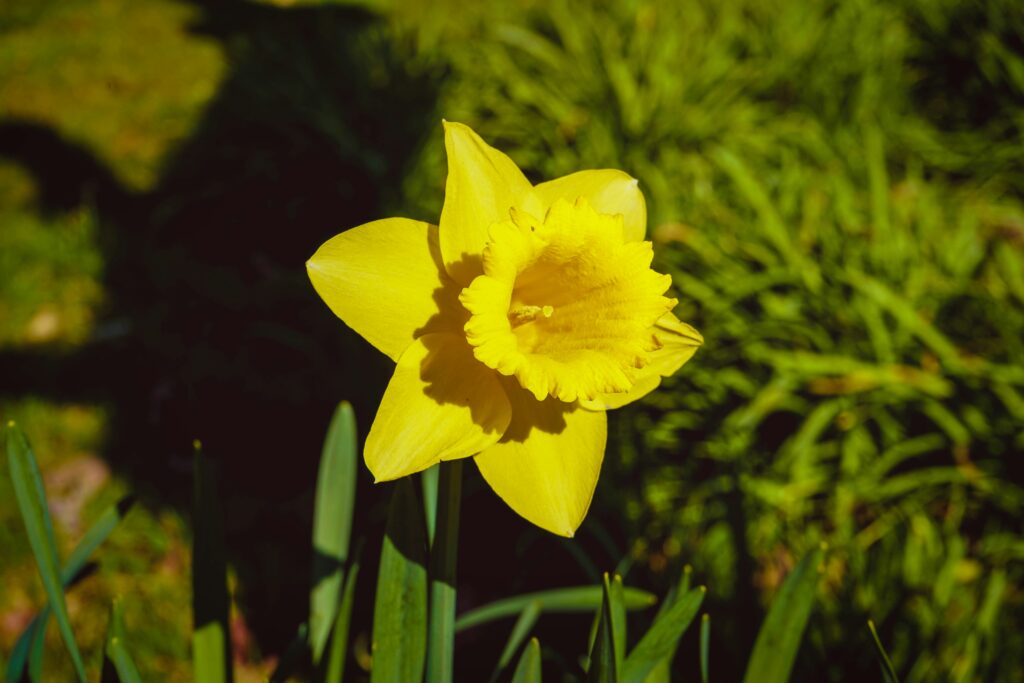John Osmond admires a rare exhibition in the Valleys that leads us to reflect on how we spend our ‘our brief eternities’
The Welsh artist Osi Rhys Osmond has a must-see exhibition on at the moment, at the Rhondda Heritage Centre. I went to the opening a week ago and the place was heaving with Osi’s friends and family –including a clutch of grandchildren – all transfixed by the artist’s vision of the Valleys of his upbringing.
Osi was brought up in the mining community of Wattsville, in the lower Sirhowi Valley (not Wattstown in the Rhondda, as some have stated) and his whole life and work have been affected by its resonances. His father and mother were both born there and his father, uncles and grandfathers on both sides worked as miners. Yet this is the first occasion when he has exhibited work from his native heath as it were. How can this be when, as his new exhibition demonstrates so vibrantly, the influence these mountainsides and these people and their collective memories have had on his outlook?
|
Artists from the Valleys Tomorrow Lisa Marie Powell profiles three painters inspired by the Rhondda landscape. |
Osi characterises himself as a graphic psycho-geographer. So how can it be that until now he has apparently ignored the most important terrain from which his art could could be expressed? As he remarks in his notes on the exhibition:
“I have always been obsessed by the landscape in which I grew up and the pure abstract beauty of the changing colour of the bracken covered hills surrounding the valley that became perhaps the dominant factor in making me as an artist.”
In part the answer is contained within the exhibition itself since some of the drawings and paintings go back many years, and have been waiting for this moment to see the light of day. More trenchantly, I think, Osi has been waiting for the right moment when he could gather himself to say something fresh and arresting about a landscape that has been trodden upon by countless artists and photographers in search of a certain received image. As Osi says:
“As an art student I resisted the vogue for a certain kind of image of the mining industry and sought to create something that spoke more about the eternal qualities of the landscape in which I found myself. The more sentimental view of the mining life that had become the accepted norm in the visual arts was something that I felt had been done and added little to any understanding of how that community lived, worked and socialised.”
This is a highly political exhibition, art that kicks with a vengeance. For me the most striking large-scale painting in the exhibition is of Nine Mile Point colliery, at Cwmfelinfach, where Osi’s father and other relatives worked. At its peak it employed 1,105 men who lived mainly in the surrounding villages of Cwmfelinfach and Wattsville. Constructed between 1902 and 1905 it was originally known as Coronation Colliery, but renamed Nine Mile Point because that was the distance of the tramroad to the colliery from the edge of Lord Tredegar’s boundary in Newport.
Osi’s painting focuses on the most significant moment in the colliery’s history, the 1935 ‘staydown’ strike when 164 men protested against the use of scab labour. This was the first ever stay down strike in the history of the south Wales coalfield. Osi’s painting uses typeface and newspaper headlines to drive home the politics. As historian Dai Smith remarked in his speech at the opening, this was a struggle to bear comparison with anything that happened in the history of the labour movement across Europe during the first half of the 20th Century. The staydown strike followed riots that had broken out in the colliery some years earlier in protest again at the employment of blackleg labour. More than 700 miners and villagers rioted and it took days for the police to gain control.
All this should be an essential part of our collective memory and inheritance, indeed a warning for our own times. Yet Nine Mile Point and the heroism of its class-based struggles and tragedies – seven men were killed during the construction of the mine in 1904 – have largely been forgotten. If, as it should, Osi’s painting finds a home in the National Museum in Cathays Park, it will be a constant reminder of this particular dimension of our inheritance. Osi’s work is hugely ambitious in this respect. As he puts it:
“The large-scale drawings layer the historic, geological and social phenomena of the area with contemporary observations, creating what I refer to as ‘graphic essays’. These drawings combine images and words: landscape and memory, facts, figures, friends and family among speculations on geology, social history and geneology. They endeavor to establish a sense of time compressed, a concatenation of dense time reflected in a current moment; acting perhaps as a kind of visual psycho-geographic document.”
But these works do even more than this. As Osi goes on to say, the work reflects the community that made him and those who went before him. They convey or, as he puts it, they bequeath an essential mystery – “a history and a wonder at our brief eternities and where and when we spend them”.






Comments are closed.